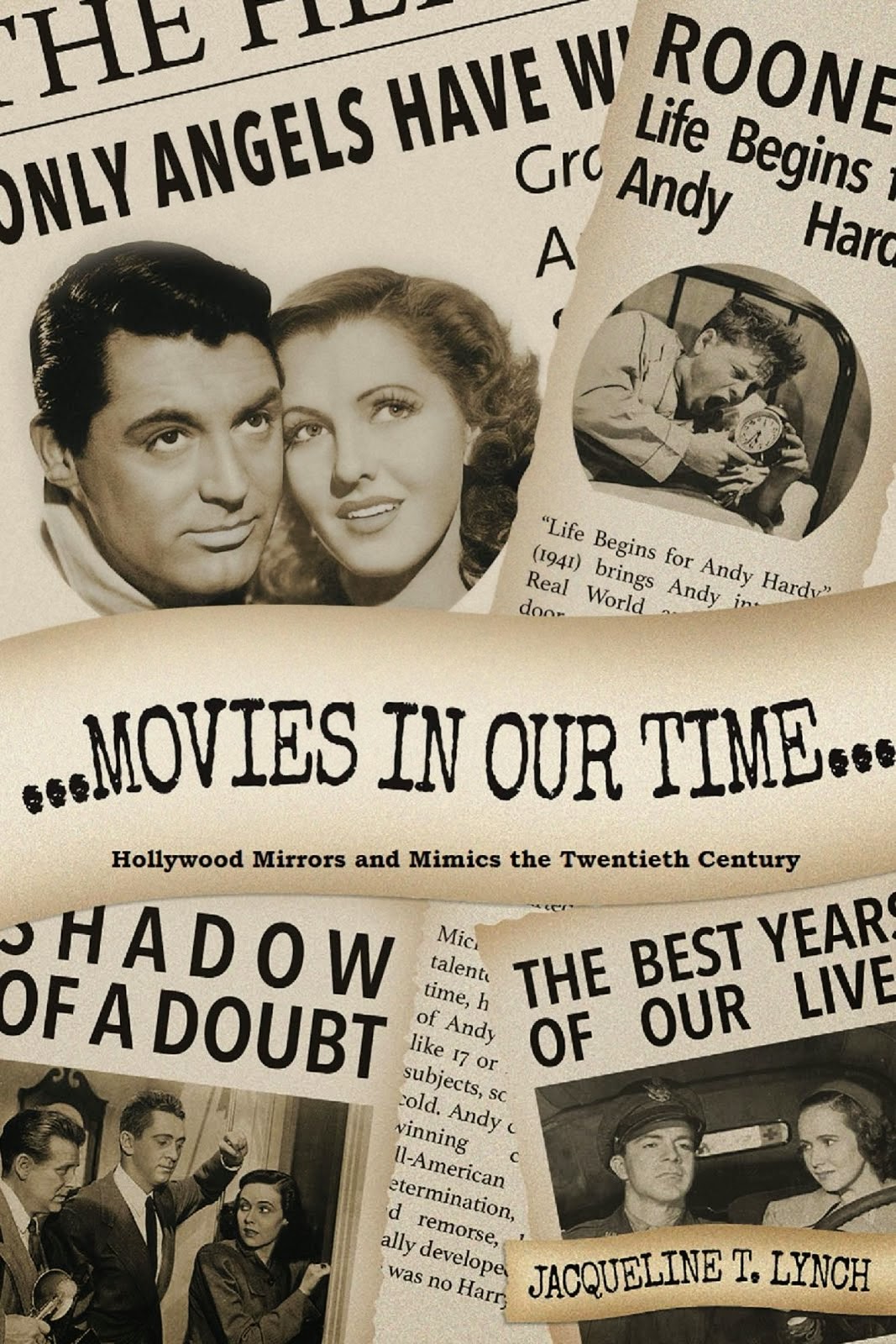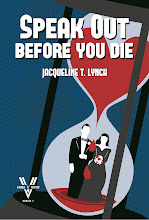
The first summer theater is believed to have begun in the 1890s in Denver, Colorado. But like most new inventions, the public was not exposed to this new entertainment, at least not in very large numbers, for a long while, not until the late 1920s and early 1930s. This is when more people could afford to leave the sweltering cities in the summer. This is when they began to vacation in the country, and this is when the automobile first made that journey a bit easier. This is when those lush and lovely locales in the mountains or by the sea provided theater entrepreneurs the opportunity to push their own unique product to the vacationers.
In June 1940, Theatre Arts magazine celebrated the first decade of summer theatre with an article by author and theater manager, Warren P. Munsell, Jr., who noted, “It is no longer a quaint idea to pop out to the country in July and take in a straw hat show.” He rejoiced that now it was a commonplace thing to do. He noted that “actors, like everybody else, like to get out of the city in the hot weather. Unlike everybody else, in their spare time actors like to act.”
Interestingly, Munsell observed that even at this time, slowly over the preceding decade of the Great Depression, the old-style repertory theater was being altered by the presence of big-name stars from Hollywood. If the audience was asked to pay the enormous sum of $2.75 a ticket to see Henry Fonda live on stage, then by golly, they would expect to see an entire season of big stars rounding out the casts. Munsell notes that such demands by the audience, no longer content with the backwoods repertory, put a huge strain on the theater’s coffers, so much that summer theaters are “generally close to bankruptcy.”
He notes that audiences prefer familiar titles of recent Broadway hits (at the time of this article, it was “You Can’t Take it With You” and “Susan and God”). Giving the public what it wants also extends to what he calls his hesitancy “to offer Oscar Wilde to an audience comprised mainly of farmers.”
He notes comedy is a bigger draw than drama, and notes the risks of trying out new plays as opposed to presenting familiar chestnuts. Except for the price of the tickets, he could be talking about today. Munsell closes his article with a warm summation at which we might smile, “But if, in its maturity, the straw hat circuit seems to have less spontaneity, and to be of less value as an incubator for Broadway plays and Hollywood protégés than before, it has evolved its own special, significant function. It is another outlet for theatre. For summer theatres are supported on the whole by communities a varying percentage of which have no contact with the stage.”
That, too, may still be true, although the big cities are not so far away anymore, just a few exits down the superhighway for most people. But with so many competing sources of entertainment, is live theater likely to be any more popular today for an evening or afternoon’s entertainment than it was in the Great Depression when money was scarce, but many more small communities had a tradition of theatre?







